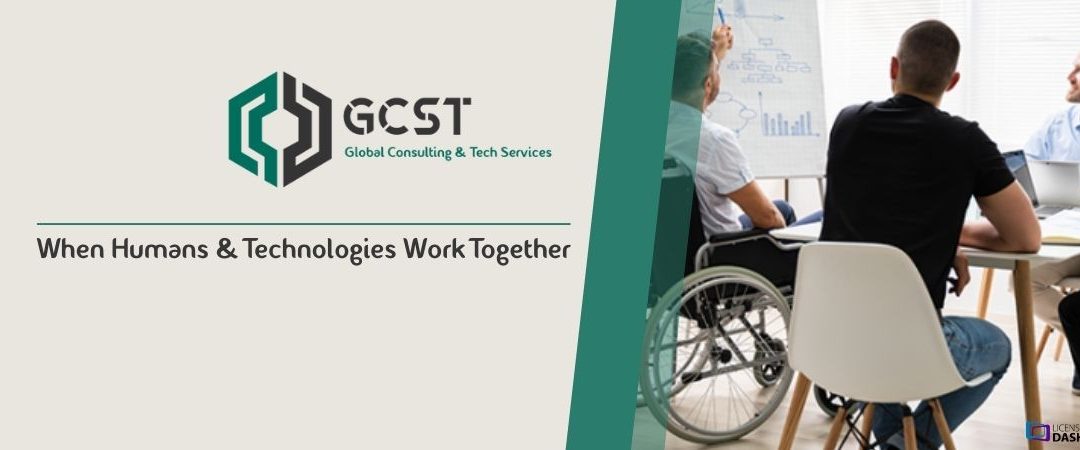Digital transformation has come a long way in the past year or so, but too many organizations are falling at the last hurdle. A lot of money has been invested in new technologies, but not enough time and planning is going into managing their adoption.
The outcome of this is that these new tools and software aren’t being used to their full capacity by everyone within an organization, which is costly and leads to poor user experience, a loss of productivity, and missed deadlines.
Sometimes, the behaviors around these tools are just as important as the technology itself.
Recognizing that change management is about people
Yes, we’re talking about technology, but it’s more about the people using it. Managing the people side of change is in many ways the most challenging, but equally, the most important part of digital transformation.
Adding new software to your portfolio has impacts beyond IT, affecting everything from the ways people work, to your company culture, and just like any other aspect of business, if you want to see significant progress, you need to offer guidance and support to make that change, and – crucially – sustain it.
Change adoption happens on an individual basis but impacts the whole organization, so you need to be reaching every single one of those individuals.
Creating a more effective ACM strategy
Making the effort to properly plan your organization’s change adoption, and ensuring you have sufficient input from different departments goes a long way to improving take-up.
- Communication and education – the value of communication before, during and after deployment cannot be underestimated. Keeping everyone informed, as early as possible avoids confusion and ensures everyone knows how and when they should be using the new tools or software. It also helps you gain support, and this is key. Total adoption from everyone within an organization requires your workforce to first be motivated to adopt it.
- A custom approach – every department within an organization has different needs and challenges, as do different individuals within that department. It’s important to consider that when selecting tools as well as rolling them out. Welcome feedback from teams to make the process smoother, and think about different learning styles too.
- Accountability – Like any project, the adoption of new software needs project management. Whether you assign one individual the role of overseeing adoption or give responsibility to department heads for this, it’s important to have accountability in tracking the progress of adoption for the end users.
- Training – you wouldn’t hire someone with no experience in your field, without training them first, so if you’re presenting them with new tools, you should be making sure they know how to use them properly. Emails or presentation slides aren’t as effective as demonstrating how to use the technology in real-time and allowing employees to ask questions.
The difference between adopting change and managing change
Adopting change is only half the battle; adopting change and managing it are two different things. Embracing new technology, using it regularly, consistently and effectively, requires more effort.
Make an effort to sustain your digital adoption, such as through regular refreshers, or include it in your new starters’ training schedule.
It’s also useful to find out whether certain features are not being used or a disparity in use between departments – it could indicate a lack of awareness or inadequate training. During the migration and transition period, the adoption of such applications needs to be constantly monitored. Sometimes employees will be quick to use new tools and features at first, then adoption tails off. Setting alerts to notify you of such patterns of behavior can help you stay on top of change adoption.
Contact one of our specialists to find out more about our ACM services.

